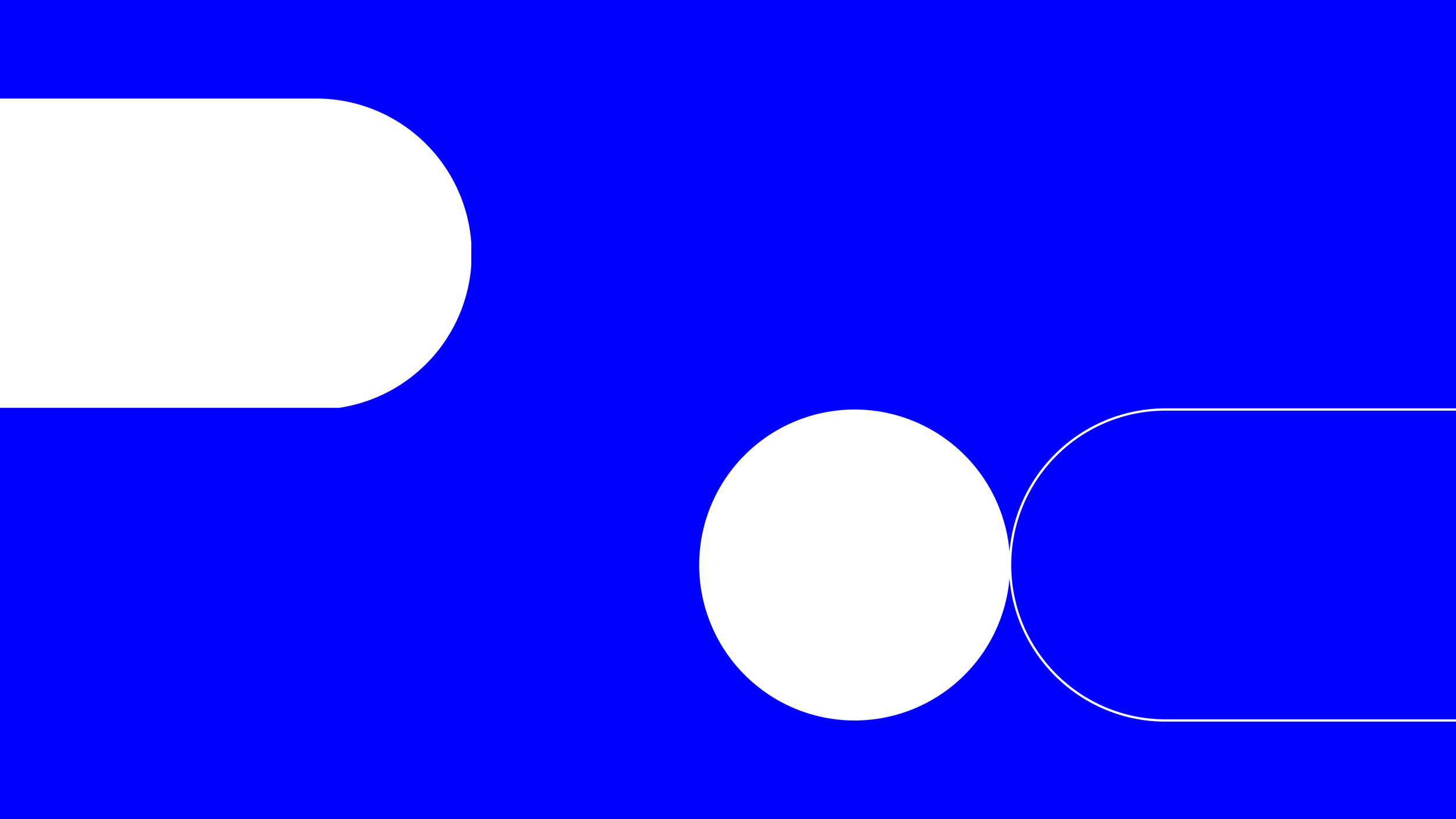
Cobalt Design System - Product & Design Manager
Establish a cohesive visual identity and foundational design system for Docaposte.
Pollux - Docaposte
Position at Pollux, Docaposte UX team (the Digital Branch of the La Poste Group). The team supports companies in their innovation projects, from the design to the implementation of new services (IoT, mobile applications, websites, etc.).
Responsible for product design across all Docaposte products.
Head of Design
Actively involved in defining strategy, advocating for user needs, and thinking through design systems, not just screens.
My day-to-day goal: to create buy-in and recognition across the company, to empower internal teams to be more customer-centric, and to clearly communicate the message of UX and product design.
2019 - 2025
What I’ve learned:
Contemplating the design system holistically, with a keen sense of timing.
Creating and maintaining a design system, a 6-year retrospective
From its origin, spread, core values, and limitations, to transforming it into a product, a business proposition or not, evolving it or not, and consistently being supported by the right ambassadors.
It all starts with Identity
In January 2019, Docaposte updated its logo.
Mission : to define and create the brand’s graphic identity.
Final version selected
Application of the brand guidelines across communication materials: print, social media, events…
Crafting a design system from scratch, a methodology
01. Reviewing the Current State
Understanding the existing screens and design systems.
02. Defining Business Needs
Closely with Product Owners, Marketing and Communication teams to identify product challenges.
03. Exploring Creative Directions
Iterative workshops that bring in both product teams and business stakeholders (👋 Maileva).
04. Building the Design System
We create components based on a detailed and comprehensive list, ensuring all needs are covered.
05. User testing
We conduct real user tests with a diverse group—no more relying solely on internal product teams 🥲.
06. Sharing “Cobalt Design System”
Talk about the design system constantly across teams in the company and invest in training for employees and developers.
2021 : Cobalt
is fully embraced
A cohesive design and a fresh update that makes an impact : a true tool for driving internal change.
The teams were requesting the Design System (DS), and they walked away with a redesigned frontend that puts UX front and center.
Since then, I’ve become convinced that a design system can be a crucial milestone for a company’s digital transformation.
2019 Design phase
2020 “Cobalt V1” First release Deployment and development handed over to the first product teams
-> Sketch to Figma2021 “Cobalt V2” w/ first quantitative users feedback
Development of React library on Storybook
Full set of illustrations2022 “Cobalt V3” Finally the full package : Design + Dev + Doc
B2B principles we now stand by
The purpose of Cobalt is clear: to bring professional web apps to life, where even complex tasks are completed quickly and seamlessly. It is designed to be resolutely functional.
And what about
our showcase sites?
Ah, here’s where communication and design need to focus more on emotional impact than pure functionality.
Challenge accepted : new UI Kit for Showcase Sites
”How far can we stretch the gap between the two systems?”
Business wise
Exploring the creation of our offer
Direction 1: Develop a Design System package for businesses, encompassing everything from the UI Kit to maintaining deployed versions, including training sessions.
Direction 2: Optimize internal funding for our UX/UI design team:
Introduce an annual subscription model for products.
Establish a “design fee” contributed by all entities to create a shared “design fund” available for internal use.
A word on documentation
Unpopular opinion
Nobody enjoys it—it’s a time-consuming vortex, and for what purpose? Honestly, it’s not entirely clear.
The real users rely on tools like Storybook or Figma. And if they have questions? They just call. It’s an internal product for coworkers—let’s keep it practical and approachable.
Well… that was before I checked this beauty: https://brand.dropbox.com/
2024 : V4
Following Figma updates, create standardized tokens on all our design systems. “Core” is born with more realistic components ‘faithful to dev’.
Colors, typefaces, spacing, radius, motion, everything is included. As our lead designer says “2 times harder to understand but 1000 times more powerful.”
And dear to my heart and to the Group's constraints: fully accessible and eco-designed.
UX Philosophy
You can’t “wow” the user: The best you can do for them is to remove friction.
The product team is inherently biased (and that’s normal): To them, the product is the center of the universe. They’ll often aim to build an entire “universe” around it, complete with specific terminology, dashboards, and stats. Push back against this. It’s the product that needs to fit into the user’s world—not the other way around.
That said, embrace UX creativity: Explore less conventional alternatives to standard tables when dealing with non-massive datasets. Experiment with features like one-page flows or central tunnels without relying on traditional navigation.
Jan 2025
As I prepare to leave the company, the cycle begins anew.
Docaposte is refreshing its visual identity and has entrusted us with two exciting projects:
A new UI Kit for showcase websites
Cobalt V4, adapted to the updated branding
After 5-6 years, I leave with a happy sense of closure, knowing the loop has come full circle for me.
How the UI team sees me (apparently)











